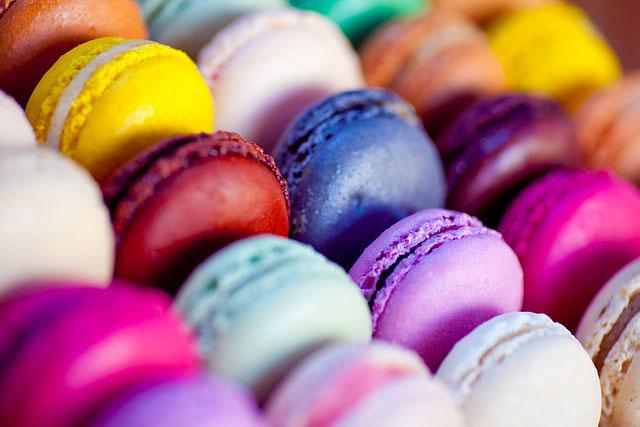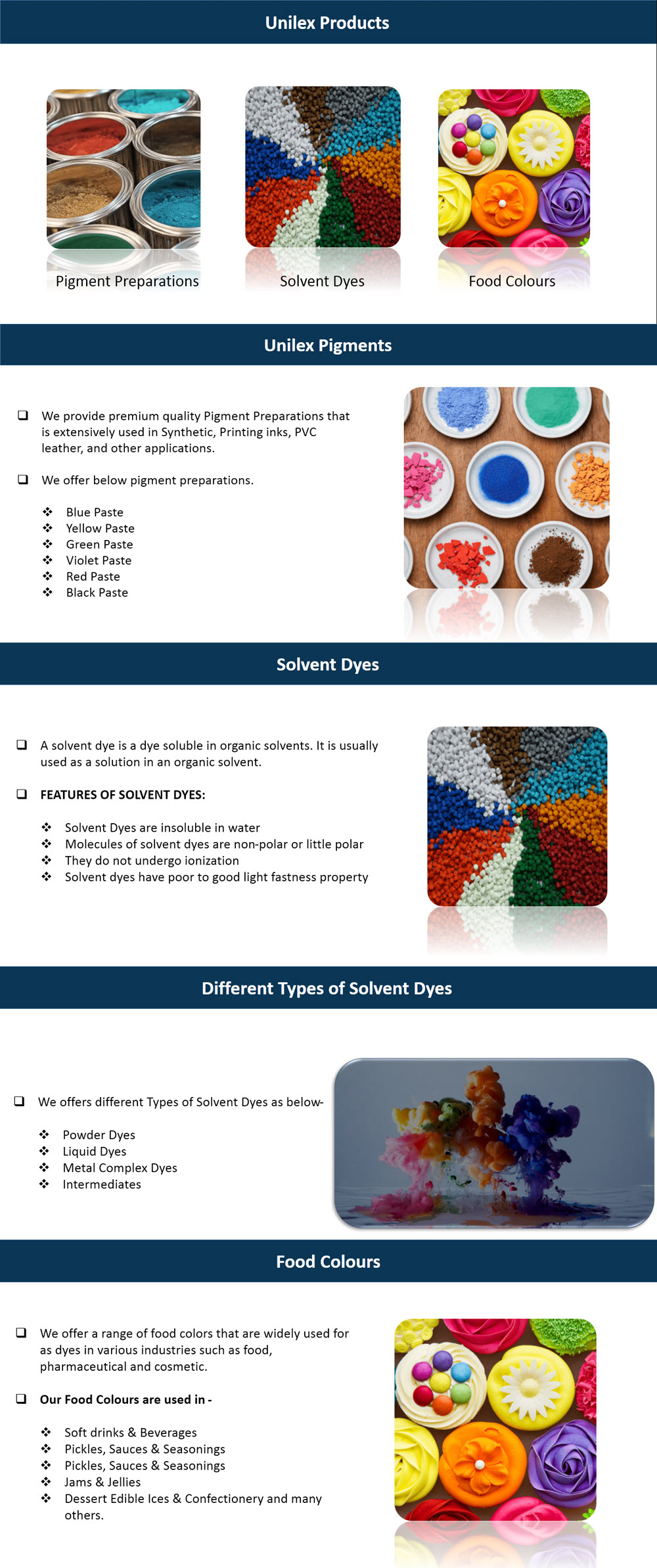Natural Food Colours are derived from natural sources and are considered safe for use in food applications. There is no formal definition for “natural colours” by food authorities, but the Natural Food Colours Association has offered a similar definition. These colours are extracted from a wide variety of edible sources and have been in use for many years. Their safety in food applications is not in question, as they are naturally occurring and extracted from plant, animal, and mineral sources.
Natural Food Colours are Extracted Directly from Nature
All the food colourants in the world come from natural sources, not chemically synthesized ones. Some of these natural sources include carrots, beets, turmeric, annatto, and paprika. Other natural sources are spices, fruits, and vegetables. Food manufacturers may prefer to use a powder form of natural food colour, depending on their intended application.
There are many reasons to use natural food colours, including their stability. Natural food colourings are more stable than their synthetic counterparts and are used in a wide variety of products, from high-temperature processed foods to chewing gum.
Natural Food Colours do not Require Batch Certification
There are many natural food colour options on the market, and these are all derived from plants, minerals, or fruits. Unlike synthetic colours, these are exempt from batch certification. But, there are some things to keep in mind. If your product uses these colours, the batch certification process is important. In addition to following the regulations, this process can help protect consumers. Here are a few reasons why.
Colour additives can be either natural or artificial, and the FDA regulates both. Certified colours have undergone rigorous tests to ensure consistency and strength. For example, some of the organic food colours are used in cereals and baked goods. Other exempt colours include natural food colours such as paprika and turmeric. You can easily spot them by looking for the certification label. There are several sources of natural colour, but you have to be careful because not all of them are safe.

Natural Food Colours can Introduce New Flavours
With the recent increase in popularity of clean label products, natural ingredients are making a comeback in the food and beverage industry. Two natural food colours are a pumpkin-based product and a special carrot variety that contains lycopene. While pumpkin is a traditional yellow colour, special carrot extract offers a vibrant yellow-orange shade.
Many foods that contain natural colours are highly nutritious. Dark green vegetables and fruits have a rich pigment that easily blends into your favourite recipes. You can add spinach, kale, or other green vegetables to your favourite smoothie recipes to give them a healthy tint. Adding more berries to your smoothie will also improve its nutritional value. And, if you don’t like green, try adding a bit of turmeric to your tea.
Natural Food Colours can Bind with Proteins
Foods with natural colours can increase the enjoyment of a product without compromising on taste or texture. Natural colours can come from fruits, plants or vegetables. In recent years, consumer demand for natural food products has increased as we face an ongoing pandemic and look to build our immune systems. As such, nutritional beverages are becoming an increasingly popular functional solution for consumers. Bold colours are also beneficial for nutritional drinks and they are often associated with fruits and botanicals.
As the trend toward close-to-nature ingredients continues to gather pace, the role of natural food colours in the diet is also becoming clearer. While synthetic food colours are no longer classified as carcinogens, they are able to bind with proteins and DNA in the body and stimulate inflammatory responses. However, more studies are necessary to determine the role of artificial food colours in our health.
Natural Food Colours can Change Colour when Exposed to Heat
The natural colourants found in foods can change colour when heated. To keep the natural colours from changing colour when heated, they should be added to the food while it’s still cool. This prevents the colours from transferring heat from one area to another.
Butterfly pea flowers and red cabbage produce blue and purple colours, respectively. Butterfly pea flowers have a milder flavour than red cabbage and work well in most recipes, while red cabbage’s flavour might be too strong in desserts. Both produce colour changes when exposed to heat, but their colours may be lost during the cooking process. The colour of red cabbage may be washed away in the baking process when cooked.
In Conclusion
In addition, they are also used in dairy products and other foods containing high levels of calcium and magnesium. Because they are highly stable, natural food colourings are much less expensive to produce. Natural food colours are available in many different sources, including saffron, gardenia, annatto, spinach, bilberry, and goji berries.



